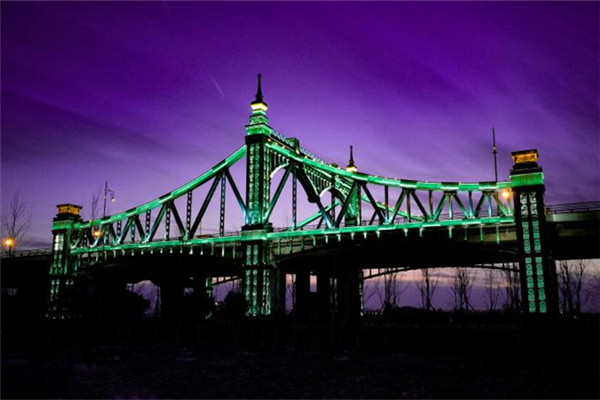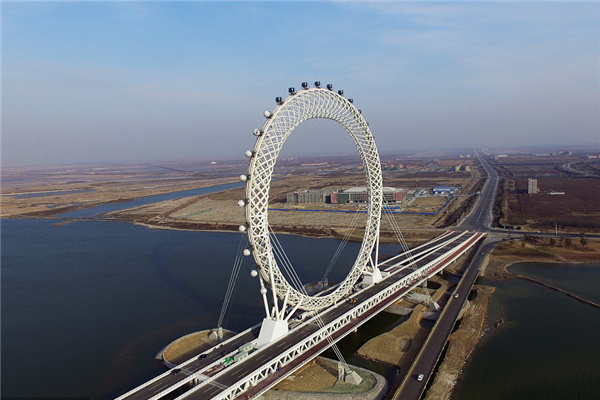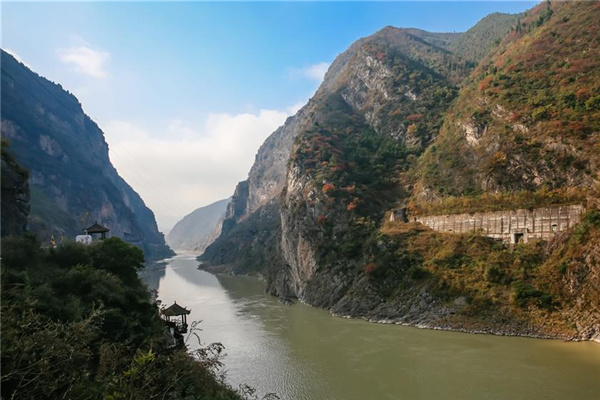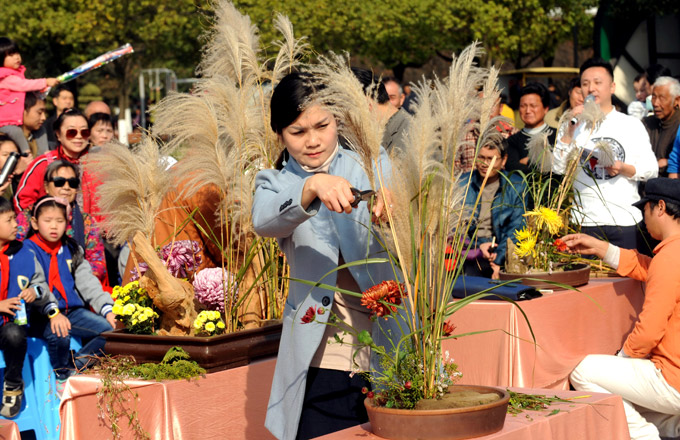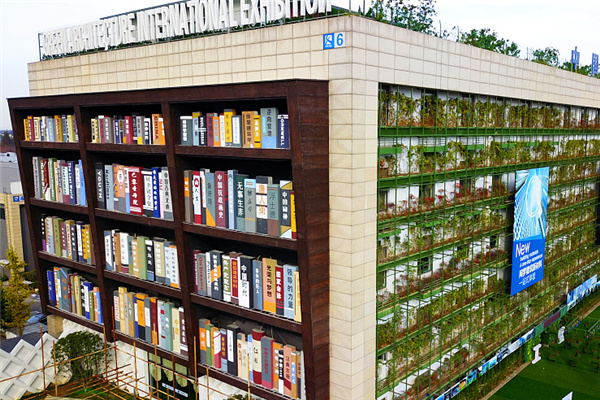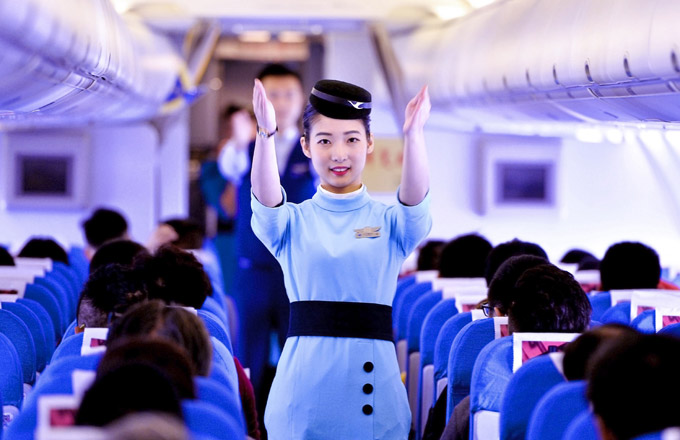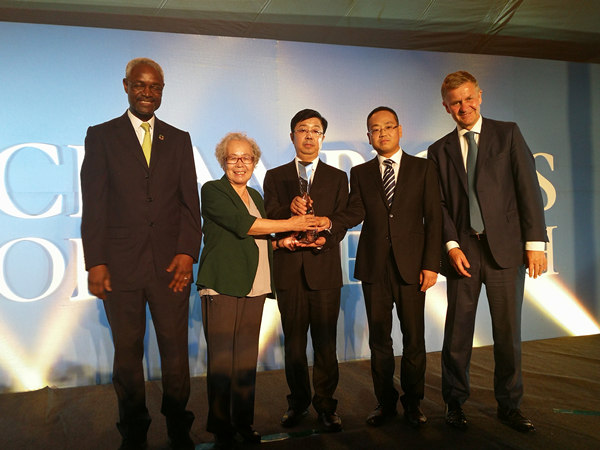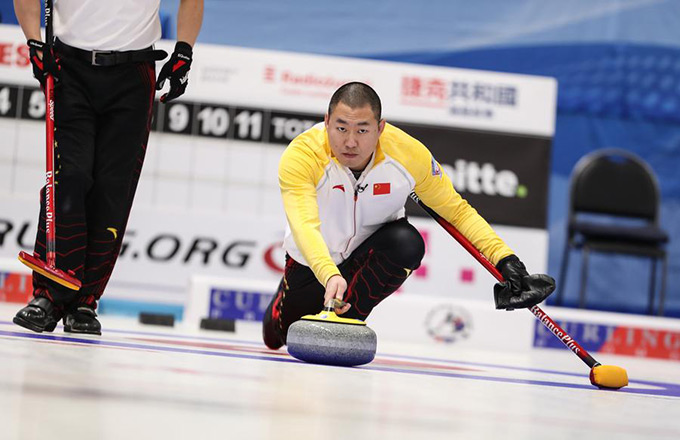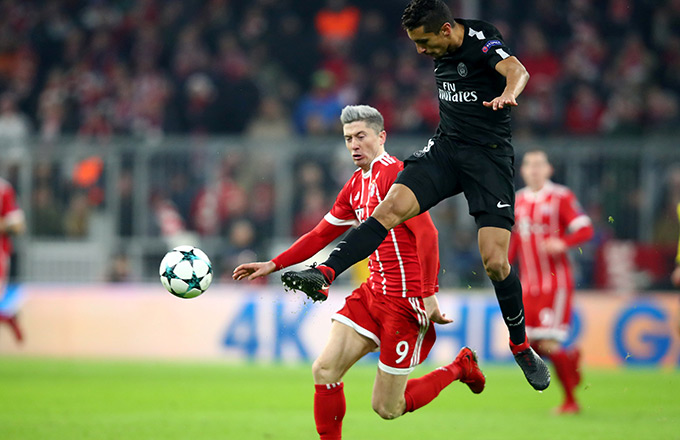

In China's southern island province of Hainan, overseas Chinese are returning to give back to the roots that nurtured them.
Hong Kong businessman Pan Jiade is one. "Our company will establish a five-star hotel this year in (the southern Hainan city of) Sanya," Pan told the media in a recent interview.
Hainan is the third largest home province for overseas Chinese, with 3 million natives residing in 50 countries and regions.
Pan's father Pan Zhengzhou was a successful entrepreneur originally from Hainan. In the 1950s he left Wenchang city in Hainan and moved to Hong Kong, where he started a textile business from scratch and later branched out into the garment, real estate and mining businesses.
In 2001 the Pans established Asia's largest titanium mining and refining enterprise in Hainan.
"Because the titanium project is already making profits, we are confident about the tourism prospects here as well," Pan says.
Since Hainan was established as a province and a special economic zone 20 years ago, overseas Chinese such as the Pans have been enthusiastic in investing back in the island.
"Overseas Hainanese immediately organized activities to celebrate the establishment of the province and encouraged each other to return home to help with the development," Wen Renguang, an official with the Hainan overseas affairs office, says.
"Their investments have been the main force of all the outside investments coming into Hainan," says Zhou Wenzhang, head of Hainan publicity department.
Through last July Hainan approved the establishment of more than 9,800 foreign-funded enterprises, 80 percent of which were funded by overseas Hainanese.
Back to the 1980s, Lu Yekun from Hong Kong established the province's first Terylene (the British equivalent of Dacron) factory there, and Wu Duozhen from Thailand set up the first watch plant. Chen He from France was also among the earliest to return to Hainan and establish businesses, and his coffee shops are known for their unique beverages.
Hong Kong investments make up 77 percent of Hainan's overseas Chinese investments, followed by Singapore, Malaysia, Thailand, Japan, the United States and Canada.
The projects are largely processing, agriculture, real estate and tourism businesses.
In 1989 Hainanese in Singapore organized the World Hainan Hometowns Friendship Convention, initiating an early wave of investments and donations.
"Since 2000 a new wave of investment has also rolled in," Wen says.
Li Xingfu, president of the Hainan Federation of Indonesia, has real estate projects in the province, while Chen Zaifu from the US is building his "American Town".
Overseas Hainanese businesses are also keen on supporting public welfare projects, especially education.
Figures show those enterprises have given nearly 700 million yuan to Hainan's education projects, poverty alleviation, disaster-relief and village construction.
For example, the administrative office buildings of Hainan University were originally built with donations from three Hainanese in Hong Kong.
Michael Ying Lee-yuen from Hong Kong has contributed more than 1 million yuan to build schools and help children from poor families to continue their schooling.
(China Daily 05/12/2008 page10)
